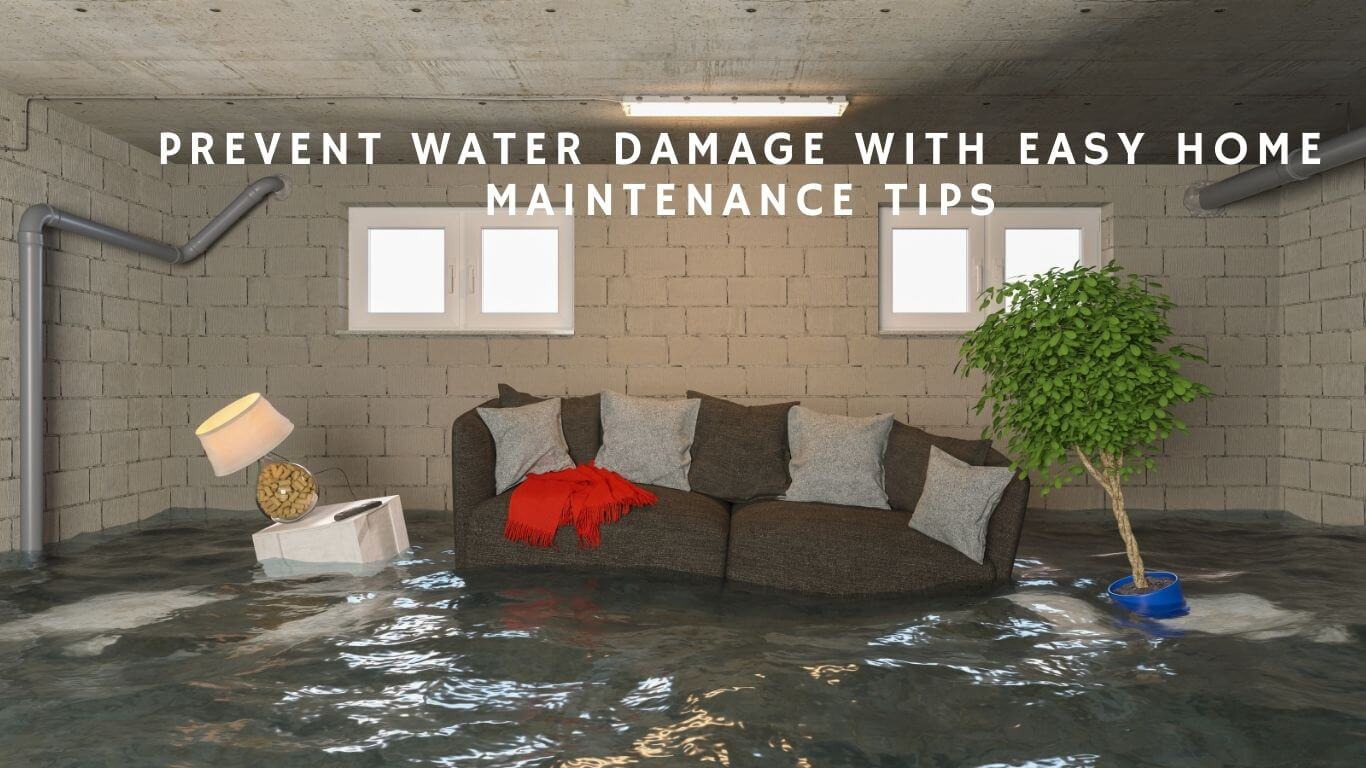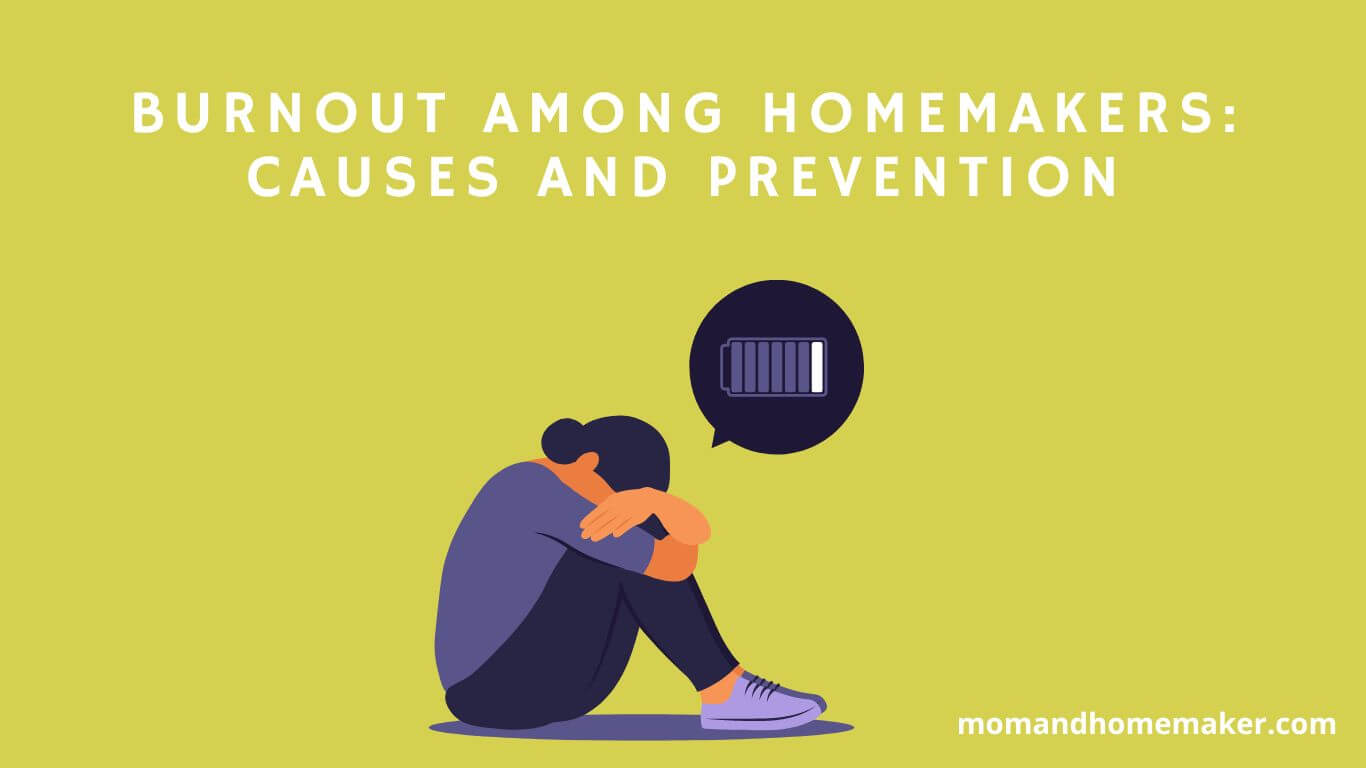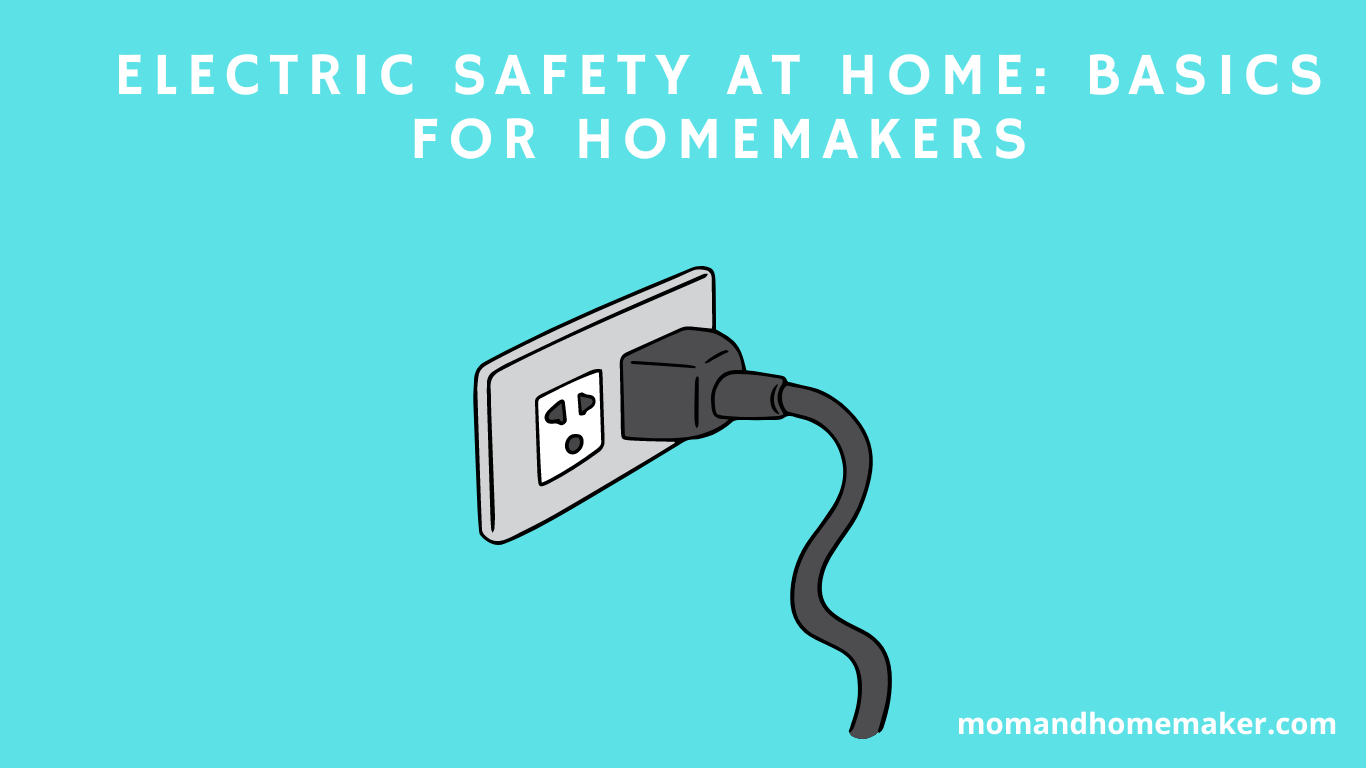Water damage can wreak havoc on your home, causing structural damage, mold growth, and a whole host of other issues. The good news is that with regular home maintenance, you can take proactive steps to prevent water damage before it becomes a major problem.
In this article, we will discuss some easy yet effective maintenance tips that will help you safeguard your home from water-related disasters. By investing a little time and effort, you can save yourself from the headaches and expenses that come with water damage.

Roof Inspection
To ensure the integrity of your roof and prevent water damage, regularly inspect it from both the inside and outside of your home.
Roof inspection is an essential part of roof maintenance, as it allows you to identify any potential issues before they become major problems. Start by checking the interior of your home for signs of water leaks or stains on the ceiling. Look for any sagging or cracked drywall, as these could indicate a roof problem.
On the exterior, carefully examine the roof for missing or damaged shingles, as well as any areas where the roof may be sagging or showing signs of wear and tear. Pay attention to the flashing around chimneys, vents, and skylights, as these are common areas for leaks. It’s also important to ensure that your gutters are clear of debris and functioning properly, as clogged gutters can lead to water damage on your roof.
If you notice any issues during your inspection, address them promptly by contacting a professional for roof repair or replacement. Remember to prioritize safety during your inspection by using a sturdy ladder, wearing appropriate footwear, and avoiding walking on a wet or slippery roof.
Regular roof cleaning can also help prevent water damage by removing debris and moss that can trap moisture and cause deterioration. By taking these proactive steps, you can maintain the longevity and safety of your roof, ensuring a dry and comfortable home.
Gutter Maintenance
Regular gutter maintenance is crucial to prevent water damage and ensure the proper functioning of your home’s drainage system. Neglecting gutter maintenance can lead to clogged gutters, which can cause water to overflow and damage your home’s foundation, walls, and landscaping.
To keep your gutters in good condition, it’s important to regularly clean them. Remove any leaves, twigs, or other debris that may have accumulated in the gutters. This can be done by hand or with the help of a gutter-cleaning tool.
Inspect your gutters for any signs of damage, such as cracks or loose joints. If you notice any issues, it’s essential to address them promptly to prevent further damage. Gutter repair may involve sealing cracks, replacing damaged sections, or tightening loose joints.
To minimize the need for frequent gutter cleaning and repair, consider installing gutter guards. These devices prevent leaves and debris from entering the gutters, reducing the risk of clogs and overflow.
If you’re building a new home or replacing your gutters, ensure that they’re installed properly to avoid future problems. With regular gutter maintenance, you can prevent gutter overflow and protect your home from water damage.
Downspout Redirection
Redirect your downspouts to prevent water damage and ensure proper drainage around your home. Downspouts play a crucial role in carrying rainwater away from your house, preventing it from seeping into the foundation and causing costly damage. By redirecting your downspouts, you can effectively manage the flow of water and protect your property. Here are some practical tips to help you with downspout redirection:
| Action | Description |
|---|---|
| Install a Downspout Extension | Attach a downspout extension to your existing downspout to direct water further away from your home’s foundation. This will help prevent water from pooling near the base of your house, reducing the risk of foundation damage. |
| Regular Gutter Cleaning | Keep your gutters clean and free from debris to ensure proper water flow. Clogged gutters can cause water to overflow, leading to potential water damage. Regularly remove leaves, twigs, and other debris from your gutters to maintain their functionality. |
| Consider Rain Barrel Installation | Install a rain barrel at the end of your downspout to collect rainwater. This not only helps in water conservation but also reduces the amount of water flowing towards your foundation. Make sure the rain barrel is properly connected to the downspout for efficient water diversion. |
| Erosion Control Measures | If water runoff from your downspouts is causing erosion in your yard, consider implementing erosion control measures. These can include adding gravel or rocks along the path of the water flow or planting vegetation that helps absorb excess moisture. |
| Foundation Repair | If you notice signs of foundation damage, such as cracks in the walls or uneven floors, consult a professional for foundation repair. Redirecting your downspouts can help prevent further damage, but it’s important to address any existing issues promptly. |
Proper Grading
Ensure proper grading around your home to prevent water damage and maintain a healthy foundation. Proper grading refers to the sloping of the soil around your home in a way that directs water away from the foundation. By implementing effective grading techniques, you can minimize the risk of soil erosion, water runoff, and potential foundation instability.
Here are some practical tips to help you achieve proper grading:
- Evaluate your landscape design: Take a close look at the overall design of your landscape. Ensure that the ground slopes away from your home at a gradual angle. This will help divert water away from the foundation and prevent it from pooling around your property.
- Consider installing a French drain: If you have areas around your home that are prone to excessive water runoff, installing a French drain can be an effective solution. This drainage system consists of a trench filled with gravel and a perforated pipe that helps collect and redirect water away from your foundation.
- Regularly inspect and maintain your gutters: Clogged or damaged gutters can contribute to improper water drainage. Make sure to clean your gutters regularly and repair any leaks or damages to ensure that water is directed away from your home.
Foundation Sealing
To protect your home from water damage and maintain a strong foundation, it’s important to consider foundation sealing. Foundation cracks can be a major source of water infiltration, leading to basement flooding and costly repairs. By applying waterproofing methods and moisture barriers, you can effectively prevent water from seeping into your foundation.
Foundation sealing involves the use of specialized materials to create a protective barrier around your home’s foundation. These materials are designed to resist water penetration and prevent moisture from entering your basement or crawl space. There are several different methods of foundation sealing, including the use of waterproof coatings, sealants, and membranes.
Before sealing your foundation, it’s important to identify any existing cracks or damage. Foundation repair should be carried out prior to sealing to ensure maximum effectiveness. Once any repairs have been completed, a waterproof coating or sealant can be applied to the exterior of the foundation walls. This creates a barrier that prevents water from infiltrating the foundation.
In addition to external sealing, it’s also important to address any potential sources of water accumulation near your foundation. Proper grading and drainage can help redirect water away from your home, reducing the risk of moisture penetration.
Sump Pump Installation
Once you have completed foundation sealing, it’s important to consider sump pump installation to further protect your home from water damage. A sump pump is a device that helps prevent basement flooding by removing water that collects in a sump basin.
Here are some key points to keep in mind when it comes to sump pump installation:
- Sump Pump Maintenance
- Regularly inspect the sump pump to ensure it’s working properly.
- Clean the sump pump and remove any debris that may hinder its performance.
- Sump Pump Troubleshooting
- If the sump pump fails to turn on, check the power source and make sure it’s plugged in.
- Test the float switch to ensure it’s functioning correctly.
In addition to maintenance and troubleshooting, it’s also essential to be aware of potential issues that may require sump pump replacement. Over time, sump pumps can wear out and become less effective. If you notice any signs of malfunction, such as unusual noises or frequent cycling, it may be time to replace your sump pump.
To provide extra protection, consider investing in a sump pump backup system. This backup system can kick in during power outages or if the primary pump fails, ensuring that your basement remains dry.
Remember to follow a sump pump maintenance checklist regularly to keep your sump pump in optimal condition. By taking these preventive measures, you can have peace of mind knowing that your home is protected from water damage.
Basement Waterproofing
Now, let’s delve into basement waterproofing, a crucial step in protecting your home from water damage. Regularly inspecting and maintaining your basement’s waterproofing system will greatly reduce the risk of any potential leaks or flooding.
When it comes to basement waterproofing, there are a few alternatives you can consider. One option is to hire a professional waterproofing contractor who’ll assess your basement’s needs and recommend the best solution. This can be a more costly option, but it ensures that the job is done correctly and efficiently.
Another alternative is to take on the task yourself with DIY basement waterproofing. This can be a more affordable option, but it requires time, effort, and knowledge of the right materials and techniques. Speaking of materials, there are various options available for basement waterproofing, such as sealants, waterproof coatings, and drainage systems. It’s important to choose the right materials based on your specific needs and budget.
Signs of basement water damage include dampness, mold growth, musty odors, peeling paint, and efflorescence on walls. If you notice any of these signs, it’s essential to address the issue promptly to prevent further damage.
The cost of basement waterproofing can vary depending on the size of your basement, the severity of the problem, and the chosen waterproofing method. It’s advisable to get quotes from different contractors and compare prices before making a decision.
Window and Door Seal Checks
Ensure the integrity of your home’s window and door seals by conducting regular checks. Properly sealed windows and doors are essential for maintaining a comfortable and energy-efficient living environment. Here are some helpful tips for checking and maintaining your window and door seals:
- Inspect the window installation: Carefully examine the window frames for any signs of wear or damage. Look for cracks, gaps, or peeling paint, as these can indicate sealant failure. If you notice any issues, consider contacting a professional window installer to address the problem promptly.
- Evaluate energy efficiency: Check your windows and doors for any drafts or air leaks. Hold a lit candle near the edges and corners of the frames. If you notice the flame flickering or moving, it may indicate a draft. Weatherstripping or caulking can help prevent drafts and improve energy efficiency.
- Explore weatherproofing techniques: Consider using weatherstripping or caulking to seal any gaps or cracks around your windows and doors. Weatherstripping can be applied to the moving parts, while caulking is ideal for stationary areas. Both options provide effective draft prevention and improve insulation.
- Consider insulation options: If you live in an area with extreme temperatures, consider adding additional insulation around windows and doors. This can help regulate indoor temperatures, reduce energy consumption, and enhance comfort.
Regular Plumbing Inspections
Schedule routine plumbing inspections to ensure the integrity of your home’s water systems.
Regular plumbing inspections are essential for maintaining a functional and leak-free plumbing system. By identifying and addressing potential issues early on, you can prevent costly repairs and water damage in your home. During these inspections, a professional plumber will thoroughly examine your pipes, fixtures, and drains to assess their condition and identify any potential problems.
One crucial aspect of plumbing inspections is plumbing repairs. The plumber will check for any leaks, loose connections, or damaged pipes that may require immediate attention. Timely repairs can prevent water damage and save you from expensive repairs in the future.
In addition to plumbing repairs, pipe maintenance is another important aspect of these inspections. The plumber will inspect the condition of your pipes, looking for signs of corrosion, blockages, or wear and tear. Any issues found can be addressed promptly, ensuring the longevity of your plumbing system.
Water leak detection is another crucial task performed during plumbing inspections. Even small leaks can lead to significant water damage over time. By identifying and fixing leaks early on, you can prevent costly repairs and save water.
Furthermore, drain cleaning is an essential part of plumbing inspections. Over time, drains can become clogged with debris, grease, or hair, causing slow drainage or backups. Regular drain cleaning can prevent these issues and keep your plumbing system running smoothly.
Water pressure evaluation is conducted during plumbing inspections. Low water pressure can indicate a problem with the plumbing system, such as a blockage or a faulty pressure regulator. By evaluating the water pressure, the plumber can identify and resolve any underlying issues, ensuring proper water flow in your home.
Toilet Leak Detection
As you continue with your plumbing inspections, it’s important to pay attention to toilet leak detection. A leaking toilet can lead to water damage and higher water bills if not promptly addressed. Here are some tips to help you detect and fix toilet leaks:
- Check the toilet bowl: Look for any visible signs of water around the base of the toilet. If you notice water pooling or dampness, it could indicate a leak.
- Listen for unusual sounds: If you hear a constant hissing or running water sound coming from the toilet, it may be a sign of a leak. This could be caused by a faulty flapper or a problem with the fill valve.
- Conduct a dye test: Add a few drops of food coloring into the toilet tank. If the water in the toilet bowl changes color without flushing, it indicates a leak between the tank and the bowl.
- Inspect the toilet flange: A cracked or damaged flange can cause leaks. Check for any signs of corrosion or wear and tear. If needed, consider hiring a professional for toilet flange repair or replacement.
- Address toilet clogs promptly: A clogged toilet can cause water to overflow, leading to leaks. Use a plunger or a toilet auger to clear any blockages.
By being proactive in toilet leak detection and repair, you can prevent potential water damage and save on water bills.
Faucet and Showerhead Maintenance
Maintain the longevity of your faucets and showerheads with regular care and cleaning. By properly maintaining these fixtures, you can prevent water damage and enjoy a steady flow of water.
To keep your faucets and showerheads in top condition, it’s important to clean them regularly. Use a soft cloth or sponge with mild soap to remove any dirt or grime. For stubborn deposits, you can use a mixture of vinegar and water to dissolve mineral buildup.
Pay special attention to the aerator, which can become clogged over time. Remove it and soak it in vinegar overnight, then scrub it gently with a toothbrush before reattaching it.
If you notice any leaks or water pressure issues, it’s crucial to address them promptly. Leaks can waste a significant amount of water and lead to costly repairs. Check for any worn-out washers or damaged parts and replace them as necessary.
If the water pressure is low, it could be due to a clogged aerator or a problem with the plumbing system. In such cases, it may be best to consult a professional plumber for repairs.
In some cases, faucet and showerhead replacement may be necessary. If your fixtures are old, outdated, or beyond repair, consider upgrading to newer models. Look for water-saving options that can help conserve water and reduce your utility bills. These fixtures are designed to provide a satisfying shower experience while using less water.
Washing Machine Hose Inspection
Regularly inspect the washing machine hose to prevent water damage in your home. Taking the time to check your washing machine hose can save you from dealing with costly repairs and potential water damage. Here are some important points to keep in mind when inspecting your washing machine hose:
- Signs of hose wear:
- Look for cracks or bulges in the hose. These can be signs of wear and tear and may indicate that the hose is weakened and at risk of bursting.
- Check for any leaks or drips around the hose connections. Even a small leak can lead to significant water damage over time.
Importance of regular inspection:
- Regularly inspecting your washing machine hose is crucial to prevent washer leaks and potential flooding. By catching any issues early on, you can avoid costly repairs and damage to your home.
- It’s recommended to inspect your washing machine hose at least once a year, or more frequently if you notice any signs of wear or leaks.
DIY washing machine maintenance:
- If you spot any signs of hose wear or leaks, it’s important to take action promptly. Replace the hose with a new one to ensure the integrity of your washing machine’s water supply.
- When replacing the hose, make sure to use a high-quality hose that’s designed for washing machines. This will help ensure its durability and prevent future issues.
Dishwasher Maintenance
To maintain your dishwasher and prevent water damage, regularly check for any signs of wear or leaks. Dishwasher maintenance is crucial to ensure its optimal performance and longevity.
Start by cleaning the interior and exterior of your dishwasher. Remove any food debris or residue from the filters, spray arms, and door seals. You can use a mixture of warm water and vinegar to clean these parts effectively.
Inspect the dishwasher’s water supply hose and check for any cracks or leaks. If you notice any damage, replace the hose immediately.
It’s also important to troubleshoot any issues that may arise with your dishwasher. If you experience problems such as dishes not getting cleaned or the dishwasher not draining properly, refer to the user manual for troubleshooting tips or contact a professional for dishwasher repair.
To improve dishwasher efficiency, load it properly by placing dishes and utensils in a way that allows water to reach all surfaces.
Hot Water Heater Inspection
Check for any signs of wear or leaks in your hot water heater to ensure its proper functioning and avoid water damage. Regular maintenance and inspection of your hot water heater is essential for its longevity and efficiency. Here are some important tips to help you with water heater maintenance:
- Troubleshooting Tips:
- Check the temperature and pressure relief valve regularly to make sure it’s functioning properly.
- Flush your hot water heater annually to remove sediment buildup and improve its performance.
- Energy Efficiency:
- Consider insulating your hot water heater to reduce heat loss and save energy.
- Set the temperature to an appropriate level, usually around 120 degrees Fahrenheit, to prevent scalding and save energy.
- Safety Precautions:
- Always turn off the power supply before performing any maintenance or inspection tasks.
- Be cautious when working with gas-powered hot water heaters, as they can pose a fire hazard. If you smell gas or suspect a leak, contact a professional immediately.
When it comes to choosing between tankless and traditional hot water heaters, consider your household’s hot water needs, energy efficiency, and budget. Tankless water heaters provide hot water on demand and are more energy-efficient, but they can be more expensive upfront. Traditional water heaters have a storage tank and are less expensive, but they may consume more energy.
HVAC System Maintenance
Make sure to regularly maintain and service your HVAC system to prevent water damage and ensure its optimal performance.
One important aspect of HVAC system maintenance is regularly replacing the HVAC filter. The filter helps to remove dust, dirt, and other particles from the air, preventing them from clogging the system and reducing its efficiency. A dirty filter can also lead to reduced airflow and increased strain on the system, which can result in water leakage.
Another essential maintenance task is thermostat calibration. A properly calibrated thermostat ensures accurate temperature readings and efficient operation of the HVAC system.
Regular duct cleaning is also crucial to prevent blockages and maintain good air quality. Over time, dust, debris, and even mold can accumulate in the ducts, hindering airflow and potentially causing water damage.
In addition, regular condenser coil maintenance is important. Dirty coils can impede heat transfer, causing the system to work harder and potentially leading to water leaks.
Optimizing airflow by keeping vents and registers clear of obstructions helps to maintain the efficiency and performance of your HVAC system, reducing the risk of water damage.
Attic Ventilation Check
Ensure proper attic ventilation to prevent water damage.
Checking your attic ventilation is an essential step in maintaining a healthy home environment. Here are some key points to consider:
- Benefits of Attic Ventilation:
- Proper attic ventilation helps regulate temperature and moisture levels, preventing the buildup of condensation and reducing the risk of mold and mildew growth.
- It also helps extend the lifespan of your roof by preventing excessive heat buildup, which can lead to shingle deterioration.
- Signs of Poor Ventilation:
- Excessive heat in the attic: If your attic feels like a sauna, it may indicate poor ventilation.
- Moisture or condensation: If you notice water stains or dampness in your attic, it could be a sign of inadequate ventilation.
- Mold or mildew growth: The presence of mold or mildew indicates a moisture problem, often caused by poor ventilation.
To ensure proper attic ventilation, consider the following steps:
- Ventilation Installation:
- Consult a professional to assess your attic’s ventilation needs and determine the most suitable ventilation system for your home.
- Install roof vents, soffit vents, or ridge vents to provide proper airflow and prevent moisture buildup.
- Ventilation Maintenance:
- Regularly inspect your attic for any signs of poor ventilation, such as moisture, mold, or excessive heat.
- Clean or replace air vents and filters as needed to ensure unrestricted airflow.
Exterior Wall Maintenance
To effectively prevent water damage, it’s important to address exterior wall maintenance in your home. Taking care of your exterior walls not only enhances the overall appearance of your house but also helps protect it from potential water-related issues.
Start by regularly cleaning your exterior walls to remove dirt, debris, and mold. A simple mixture of water and mild detergent can do the trick.
Inspect your walls for any peeling or chipped paint and perform touch-ups as needed. This won’t only improve the aesthetic appeal but also provide an extra layer of protection against water damage.
Weatherproofing techniques, such as applying a waterproof sealant or installing weatherstripping, can further safeguard your exterior walls from moisture infiltration.
Don’t forget about pest prevention – seal any cracks or gaps in your walls to keep unwanted critters out. If you encounter graffiti on your walls, act promptly to remove it using appropriate cleaning methods.
Landscape Drainage Improvement
Maintain proper landscape drainage to prevent water damage to your home. Proper drainage solutions and water flow management can help prevent yard flooding, soil erosion, and rainwater runoff, ensuring the safety and integrity of your property.
Here are some practical tips to improve landscape drainage and protect your home:
- Install a French drain: A French drain is a trench filled with gravel or rock and a perforated pipe that redirects water away from your home’s foundation. This helps prevent water from accumulating and causing damage.
- Grade your yard: Ensure that your yard is properly graded, sloping away from your home. This directs water to flow away from the foundation and prevents pooling and flooding.
- Use gutters and downspouts: Install gutters and downspouts to collect rainwater from your roof and redirect it away from your home. This helps control rainwater runoff and prevents it from saturating the soil around your foundation.
- Create swales: Swales are shallow, wide channels that help manage water flow by directing it away from your home. They can be created by digging trenches and lining them with grass or rocks.
- Plant native plants and trees: Native plants and trees have deep roots that help absorb excess water and prevent soil erosion. They also contribute to the overall health of your landscape.
Pool and Spa Maintenance
Improve your home’s water management by properly maintaining your pool and spa. Regular pool cleaning is essential to ensure the water stays clean and safe for swimming. Use a pool skimmer to remove leaves, debris, and insects from the water surface. Additionally, vacuum the pool regularly to remove any dirt or algae that may have settled on the bottom.
Spa chemicals are crucial for maintaining the water quality and preventing the growth of harmful bacteria. Test the water regularly and adjust the chemical levels accordingly. It’s important to follow the manufacturer’s instructions when adding chemicals to your spa.
Don’t forget to maintain your pool filter to keep the water clean and clear. Clean or replace the filter cartridges regularly, as they can become clogged with dirt and debris over time. A clean filter will ensure proper circulation and filtration of the water.
Taking care of your spa cover is also important. Keep it clean and free from debris to prevent damage and ensure proper insulation. Additionally, regularly inspect the cover for any tears or damage and repair or replace it as needed.
Lastly, pool water balancing is crucial for maintaining the water’s pH level and preventing the growth of algae and bacteria. Regularly test the water and adjust the pH, alkalinity, and sanitizer levels accordingly.
Outdoor Faucet Winterization
Make sure you properly winterize your outdoor faucet to prevent water damage during the colder months. Outdoor faucet repair and preventing frozen pipes are crucial steps in protecting your outdoor plumbing.
Here are some practical tips to help you winterize your outdoor faucet:
- Insulate outdoor plumbing: Start by insulating your outdoor plumbing to protect it from freezing temperatures. You can use foam pipe insulation or heat tape to wrap around the pipes and outdoor faucet. This will help to keep the water inside from freezing and causing damage.
- Winterize hose bib: Before the cold weather sets in, make sure to disconnect and drain your garden hose. Leaving water in the hose can cause it to freeze and potentially damage the outdoor faucet. Once the hose is disconnected, close the shut-off valve inside the house and open the outdoor faucet to drain any remaining water.
Emergency Preparedness Planning
To ensure your home is prepared for emergency situations, it’s important to have a well-thought-out emergency preparedness plan in place. This involves creating emergency kits, developing evacuation plans, compiling an emergency contact list, and stocking up on essential emergency supplies.
Emergency kits are essential in times of crisis. These kits should include items such as first aid supplies, flashlights, batteries, non-perishable food, water, and a battery-powered radio. Make sure to regularly check and replenish these kits to ensure they’re up to date and in working order.
In addition to emergency kits, it’s crucial to have evacuation plans in place. Identify escape routes from different areas of your home and establish a meeting point outside. Practice these evacuation plans with your family to ensure everyone knows what to do in the event of an emergency.
Creating an emergency contact list is also vital. Include the phone numbers of family members, friends, neighbors, and local authorities. Keep a copy of this list in your emergency kits and make sure every family member has a copy.
Stock up on emergency supplies such as non-perishable food, water, and medications. Keep a three-day supply of these items on hand at all times. Additionally, make sure to have a backup method of communication, such as a battery-powered radio or a fully charged cell phone, in case of power outages.
Conclusion
Following these simple home maintenance tips will guarantee that you never have to worry about water damage again. With regular roof inspections, gutter maintenance, and proper grading, you can ensure your home stays dry and protected.
Don’t forget to seal your foundation, improve landscape drainage, and maintain your pool and spa. And remember, always be prepared for emergencies.
These easy steps will save you from the nightmare of water damage in your home.

















